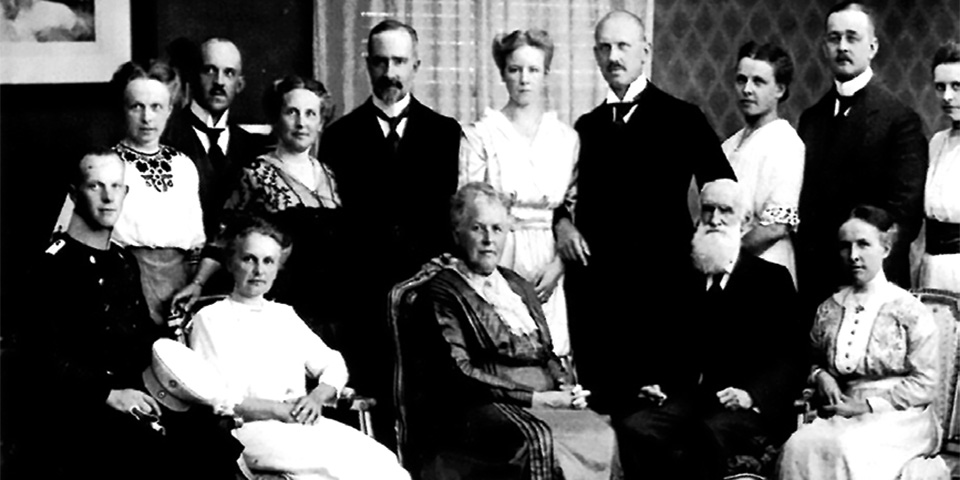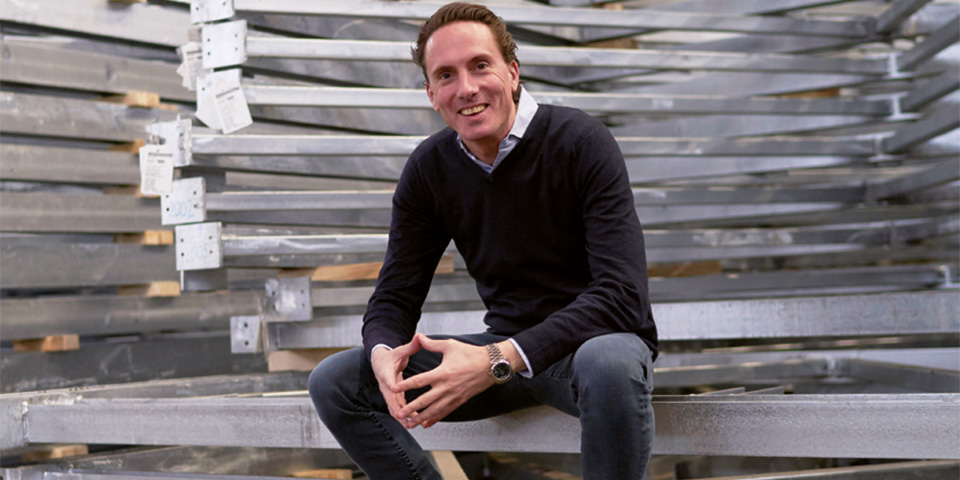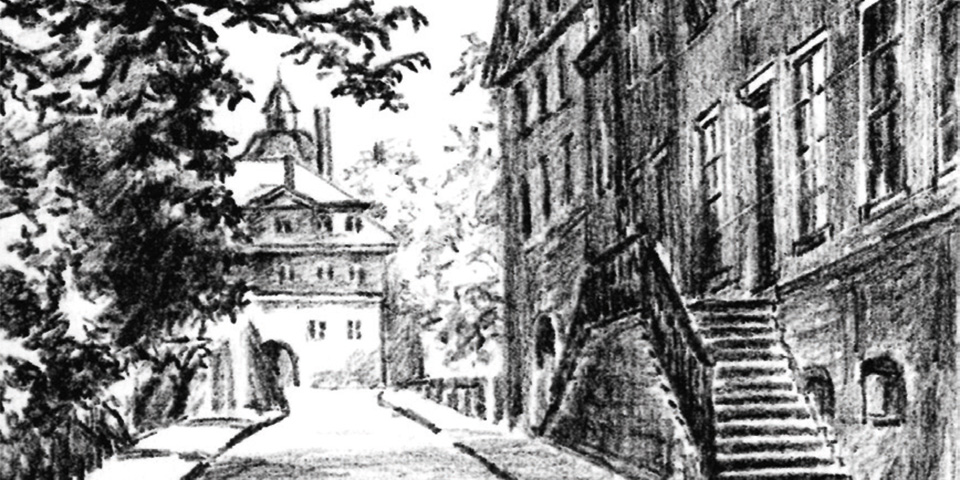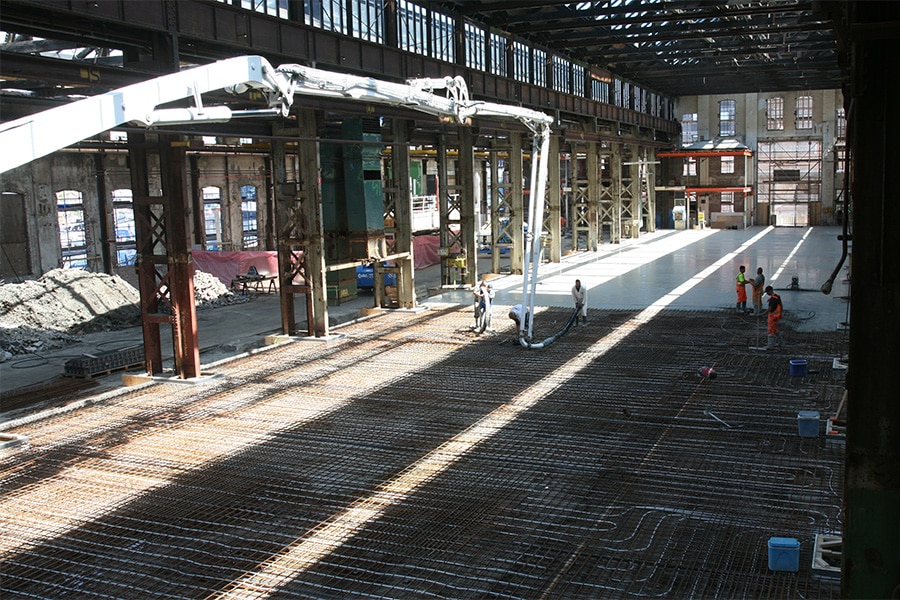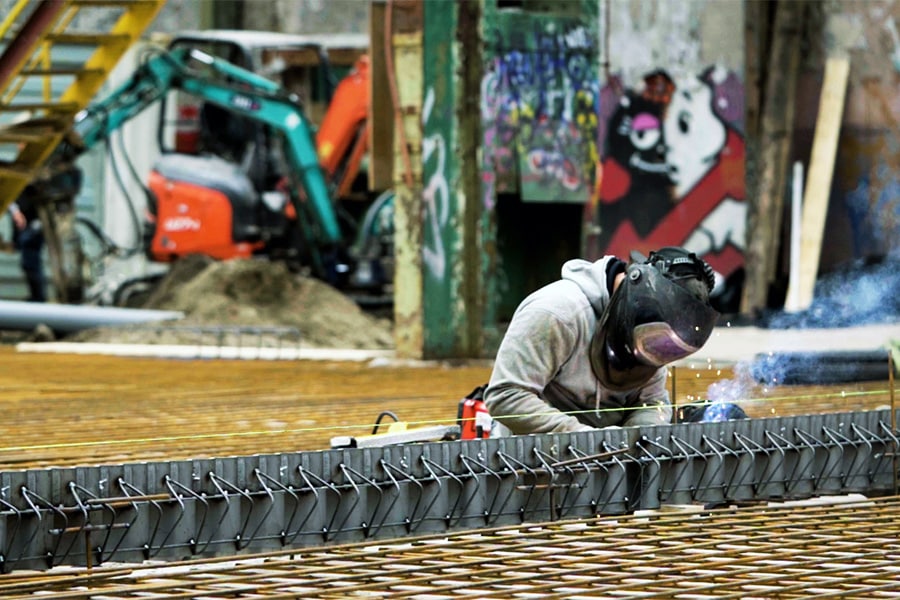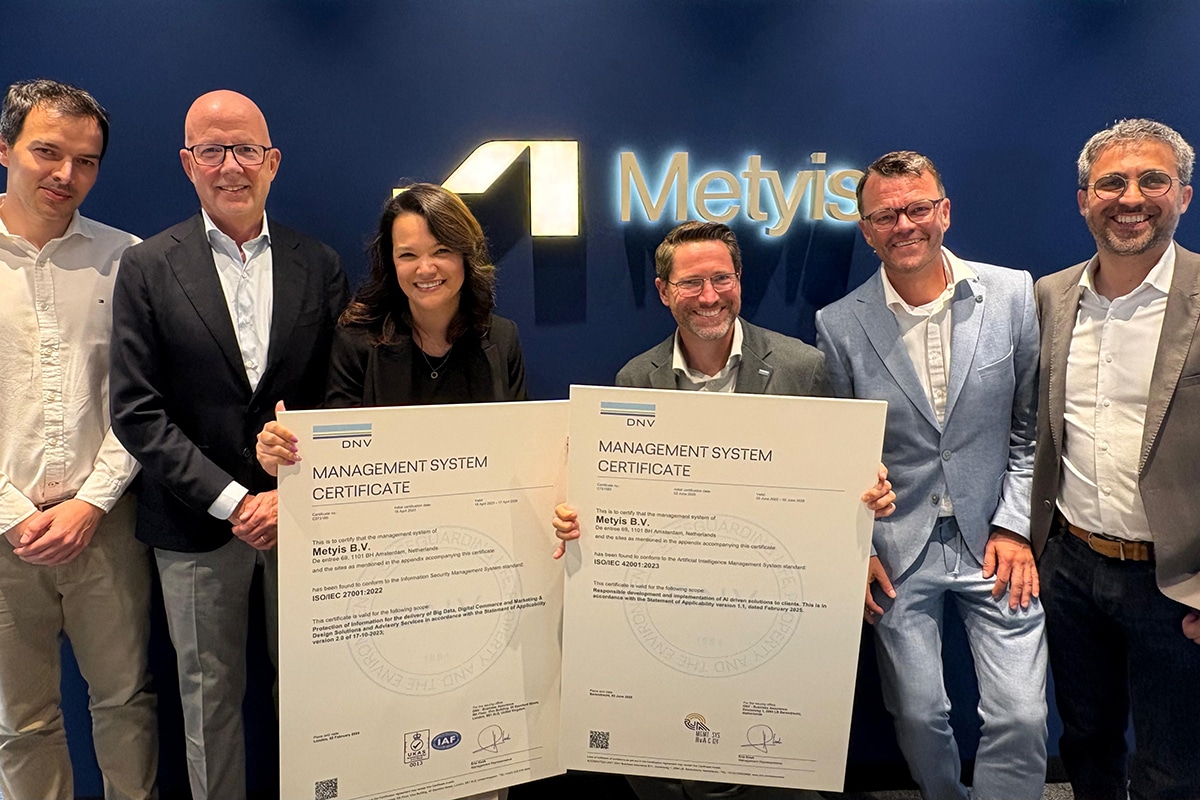
500 Years of The Coatinc Company
Germany's oldest family business a success story from Siegen
Family businesses are the backbone of our current economy and society. More than 90 percent of German companies are family-owned. There are hardly any other countries with such a solid base of entrepreneurs. But even in Germany, few companies can look back on such a long tradition as The Coatinc Company (TCC), an internationally active surface treatment company that originated in Siegen and is still based there. The roots of this company go back to the sixteenth century, well before the beginning of industrial steel production.
The story of a family, a material and a region
500 years of TCC history is at the same time also the history of half a millennium of metalworking and metal processing in Siegerland. The history shows how a material contributed in an extraordinary way to the development of the region and how metalworking and metal processing in this "nursery of mining" grew into an essential industry.
The Siegerland has long been characterized by ore mining and processing and is also considered one of the oldest mining regions in Europe; traces of mining can be found as early as the Celts (500 BC). Later, it was the entrepreneurial families of this region that allowed mining in the region to grow into an innovative industry sector. But transferring know-how through the centuries is only possible if you pay attention to your own history.
"Interest in our own roots is something we have traditionally had."
says Paul Niederstein, managing director of TCC. In 2017, a book project by his father Klaus Niederstein moved him to delve deeper into his own history: "Our family has a long history and has been active as entrepreneurs for a very long time. Literature about this can be found not only in our own family archives, but also in the archives of other companies and in the city archives of Siegen, Kreuztal and other cities."
The most important source in Niederstein's search for his own ancestors turned out to be a special gift from 1918: the "History of the Dresler Family," a book Emmy Dresler gave her father Heinrich Adolf Dresler as a gift for his 85th birthday, at the family home of the time, the villa in Dreslers Park in Kreuztal. The book describes in detail the history of her ancestors, from the first generation to Emmy's father.
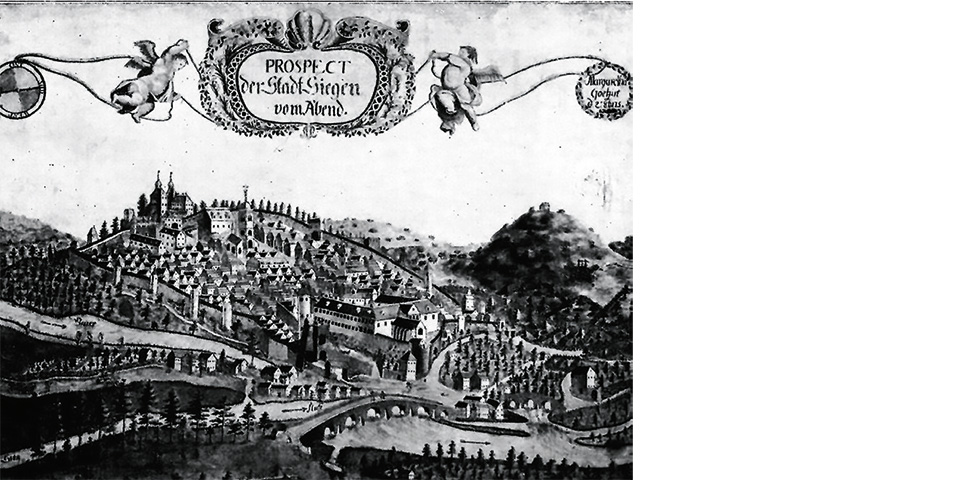
To complete its work again and supplement it with all the information up to today, Paul Niederstein commissioned a historian in 2018 to do further research. A look in the "Deutsches Geschlechterbuch," a genealogical reference work for non-adherent families, quickly made it clear that The Coatinc Company can look back on centuries of history in the steel industry.
From craft master to Hidden Champion
The first spark struck when Paul Niederstein's ancestor Heylmann Dresseler, master steel smith, paid a "fire shilling" in 1502 to use the city's boiler room. At that time, blacksmiths were held in very high esteem, as iron and steel were needed for all everyday utensils of the time. Seven generations later, the successful ironmaster already owned shares in several iron smelters, and the family became more influential with each generation.
The beginning of the steel industry
From the second half of the nineteenth century, the steel industry grew to become an important sector. Johann Heinrich Dresler II, who was born in Sieghütte in 1745, invested heavily in iron and steel processing. He was involved early on in the growth of the fledgling industry and was thus also a driving force behind the industrialization of the region: in addition to shares in the Sieghütter Hammer, he had a princely monopoly on the production of small iron and steel manufactures, and with modern looms he revolutionized the textile sector, which was very large in the Siegerland at the time.
Masters of steel forging and civilians
The Dreslers also shaped their hometown politically. Thus, for more than 200 years, from the fifth to the tenth generation, the family provided the mayor of the city of Siegen. At the end of the nineteenth century, Heinrich Adolf Dresler, then a shareholder and director of the Siegener Verzinkerei Actiengesellschaft (later SAG), was elected to the Reichstag. His daughter Luise Dresler married the Protestant pastor and superintendent Alfred Emil Niederstein. From their marriage came a new branch to the family tree: their second son Werner Niederstein, born in 1901, who went to work for SAG as a young man in 1923.
In 1945 Werner Niederstein became sole director of the Siegener Actiengesellschaft, and after World War II he was also appointed president of the IHK, the chamber of commerce, by the Allied occupation forces. He steadily built up the business activities. Under his son Klaus Niederstein, the internationalization of the company later began.
Regional values, international successes
Today, The Coatinc Company is headed by Paul Niederstein, executive spokesman and director-major shareholder.The company's headquarters have always remained in Siegen. The group meanwhile consists of 32 locations and more than 2,200 employees, including all participations in Europe, Turkey, Mexico and California.
"As a company and as a family, we have a deep sense of our history and deep knowledge of steel, the material we have specialized in for over 500 years. But we are also deeply rooted in our down-to-earth, unique, quirky and raw region." said Paul Niederstein. "Here we find all the values that give us direction every day and that ensure that we have existed for so long. In addition, we are guided by core Christian values, which have proven themselves over the centuries."
Intensive research work has led to The Coatinc Company being officially listed with "Stiftung Familienunter- nehmen" as Germany's oldest family business recently.
